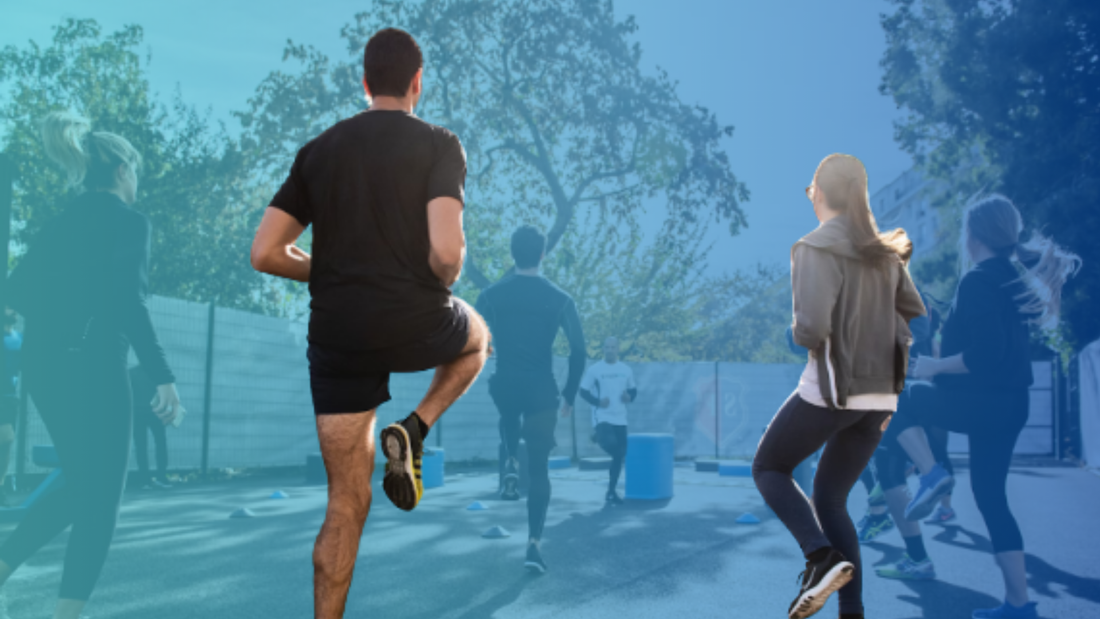Working out with a weight vest has gained popularity across fitness levels, from everyday gym-goers to professional athletes. The added load can increase intensity, improve performance metrics, and uniquely challenge the body. But is it good for you? Let’s explore the benefits and considerations of training with a weight vest.
Enhances Overall Workout Intensity
Training with a weight vest increases your body's load during movement, elevating the intensity of otherwise bodyweight or moderate exercises. The vest introduces resistance that forces muscles to work harder, whether walking, push-ups, squats, or pull-ups.
It also distributes the weight evenly across the torso and adds pressure to major muscle groups and the cardiovascular system. This results in a higher heart rate output and more calorie expenditure than similar exercises without added weight.
Boosts Cardiovascular Endurance
When you add weight to your cardio-based workouts, your heart and lungs must work harder to support the body’s movement. This leads to adaptations that improve endurance over time.
Studies have shown that moderate use of weighted vests in walking, running, or stair climbing can help enhance VO2 max, which measures how efficiently your body uses oxygen. This can improve aerobic performance, especially when the vest is used consistently with proper form and pacing.
Strengthens Muscles and Bones
Weighted vest training adds additional mechanical stress to your muscles and skeletal system by adding extra resistance. This encourages muscle hypertrophy and helps maintain or increase bone density, which is especially important as we age.
Compound bodyweight movements such as lunges, squats, dips, and pull-ups become significantly more challenging with added weight. The constant resistance also improves core engagement, which helps with balance and overall body control during dynamic movements.
Improves Balance and Posture
The even weight distribution from a properly fitted vest acts as a natural counterweight. This encourages better posture during training and increases awareness of body alignment.
Because your center of gravity is affected, your stabilizing muscles—particularly those around the core, hips, and shoulders—must work harder to maintain balance. Gradual improvements in motor skills can result in safer movement and fewer injuries from imbalanced or incorrect technique.
Assists with Weight Loss Goals
A weight vest can be a simple yet effective tool for burning more calories. Increasing the intensity of everyday movements helps boost overall energy expenditure.
Even low-impact exercises like walking or hiking become more physically demanding when additional weight is involved. This burns more calories during the activity and may slightly elevate post-workout oxygen consumption (EPOC), helping you burn additional calories after your session ends.
Offers Versatility Across Workouts
One of the advantages of a weight vest is its adaptability. It can be used in various settings—indoors or outdoors—and with numerous workout styles such as HIIT, calisthenics, plyometrics, or simple cardio.
This makes it accessible for many types of fitness goals. It offers flexible resistance that can be gradually increased, making it easy to progress without traditional equipment.
Supports Functional Fitness Development
Functional fitness involves training your body for real-world movements and improving practical strength. A weight vest mimics the load your body might experience during everyday activities like carrying groceries or climbing stairs, increasing the realism of functional drills.
The extra challenge helps reinforce coordination, grip strength, mobility, and overall physical preparedness—traits useful for athletes, first responders, military personnel, and anyone focused on maintaining long-term physical independence.
What are the Risks if It’s Not Used Properly?
Despite the benefits, using a weight vest incorrectly can lead to injury or overtraining. Adding too much resistance too soon can overstress the joints, strain tendons, and compromise lower back health.
Additionally, form degradation often occurs when people jump into vest training without a strong foundation in bodyweight exercises. Jumping, sprinting, or twisting with an overloaded vest can increase the risk of strain, especially for the knees and spine.
Beginners should start with a lightweight (around 5–10% of their body weight) and focus on maintaining good technique. Working with a fitness or rehab specialist can help tailor vest use to your goals and physical needs.
Final Thoughts
So, is it good to work out with a weight vest? The outcome largely depends on your fitness level, training goals, and how appropriately the vest is used. When incorporated properly, weight vests can boost strength, improve endurance, support fat loss, and enhance functional fitness.
However, overuse or improper load selection can lead to injury.
It is best to treat the vest as a supplemental tool rather than a daily necessity. If you’re already confident in bodyweight movements and want to increase the difficulty of your workouts safely, a weighted vest can be a valuable addition to your routine.



































































